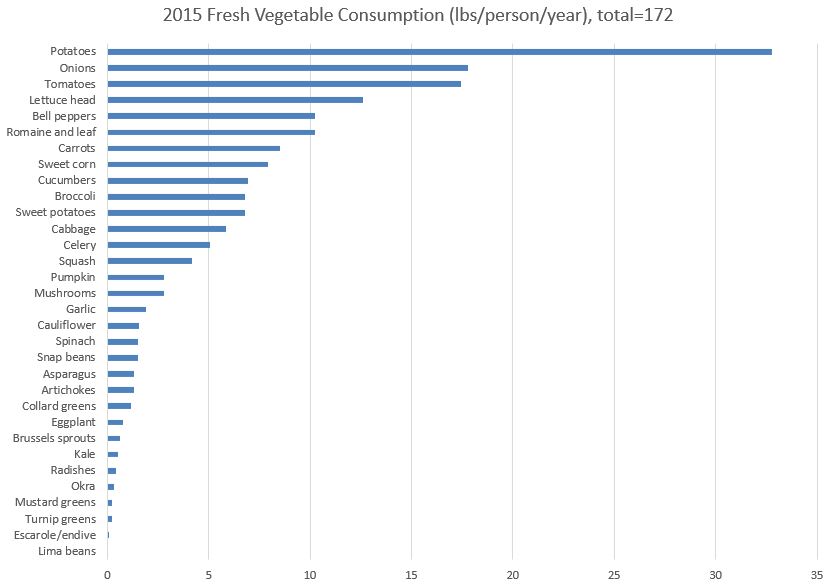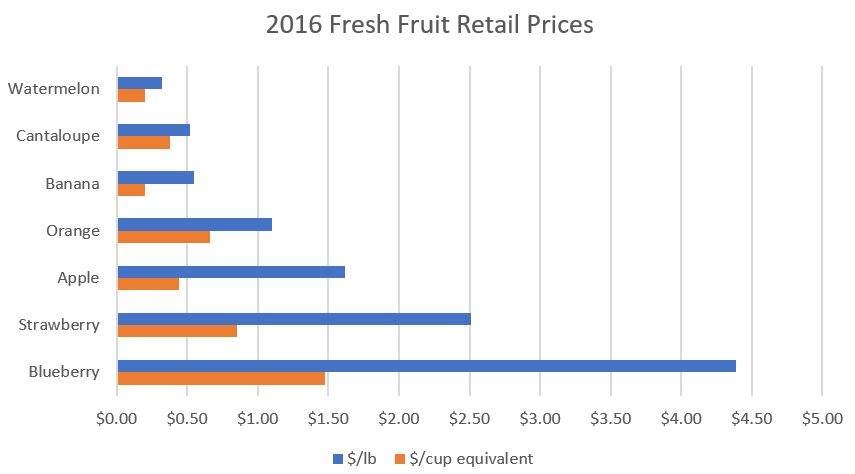For those of you that aren't academic agricultural economists or statisticians, this may seem a bit "inside baseball", but for those of you that are, this is a big deal. I don't know for sure, but I suspect the federal government is the largest employer of PhD-level agricultural economists, and many (most?) of those economists are in the Economic Research Service (ERS). Employees of the ERS and NIFA unexpectedly received emails today indicating a re-organization of their agencies and a re-location.
Here is a broader release that was sent out about an hour ago. I'll simply post it here without editorializing. For ease of reading, the following isn't in block quotes but it is a copy-paste from an email.
USDA to Realign ERS with Chief Economist, Relocate ERS & NIFA Outside DC
(Washington, DC – August 9, 2018) – U.S. Secretary of Agriculture Sonny Perdue today announced further reorganization of the U.S. Department of Agriculture (USDA), intended to improve customer service, strengthen offices and programs, and save taxpayer dollars. The Economic Research Service (ERS), currently under USDA’s Research, Education, and Economics mission area, will realign once again with the Office of the Chief Economist (OCE) under the Office of the Secretary. Additionally, most employees of ERS and the National Institute of Food and Agriculture (NIFA) will be relocated outside of the National Capital Region. The movement of the employees outside of Washington, DC is expected to be completed by the end of 2019.
“It’s been our goal to make USDA the most effective, efficient, and customer-focused department in the entire federal government,” Perdue said. “In our Administration, we have looked critically at the way we do business, with the ultimate goal of ensuring the best service possible for our customers, and for the taxpayers of the United States. In some cases, this has meant realigning some of our offices and functions, or even relocating them, in order to make more logical sense or provide more streamlined and efficient services.”
Realigning ERS with OCE
Moving ERS back together with OCE under the Office of the Secretary simply makes sense because the two have similar missions. ERS studies and anticipates trends and emerging issues, while OCE advises the Secretary and Congress on the economic implications of policies and programs. These two agencies were aligned once before, and bringing them back together will enhance the effectiveness of economic analysis at USDA.
Relocating ERS and NIFA outside National Capital Region
New locations have yet to be determined, and it is possible that ERS and NIFA may be co-located when their new homes are found. USDA is undertaking the relocations for three main reasons:
- To improve USDA’s ability to attract and retain highly qualified staff with training and interests in agriculture, many of whom come from land-grant universities. USDA has experienced significant turnover in these positions, and it has been difficult to recruit employees to the Washington, DC area, particularly given the high cost of living and long commutes.
- To place these important USDA resources closer to many of stakeholders, most of whom live and work far from the Washington, DC area.
- To benefit the American taxpayers. There will be significant savings on employment costs and rent, which will allow more employees to be retained in the long run, even in the face of tightening budgets.
No ERS or NIFA employees will be involuntarily separated. Every employee who wants to continue working will have an opportunity to do so, although that will mean moving to a new location for most. Employees will be offered relocation assistance and will receive the same base pay as before, and the locality pay for the new location. For those who are interested, USDA is seeking approval from the Office of Personnel Management and the Office of Management and Budget for both Voluntary Early Retirement Authority and Voluntary Separation Incentive Payments.
“None of this reflects on the jobs being done by our ERS or NIFA employees, and in fact, I frequently tell my Cabinet colleagues that USDA has the best workforce in the federal government,” Perdue said. “These changes are more steps down the path to better service to our customers, and will help us fulfill our informal motto to ‘Do right and feed everyone.’”
Perdue previously announced other significant changes at USDA. In May 2017, USDA created the first-ever Undersecretary for Trade and Foreign Agricultural Affairs and reconstituted and renamed the new Farm Production and Conservation mission area, among other realignments. In addition, in September 2017, Perdue realigned a number of offices to improve customer service and maximize efficiency. Those actions involved innovation, consolidation, and the rearrangement of certain offices into more logical organizational reporting structures.



